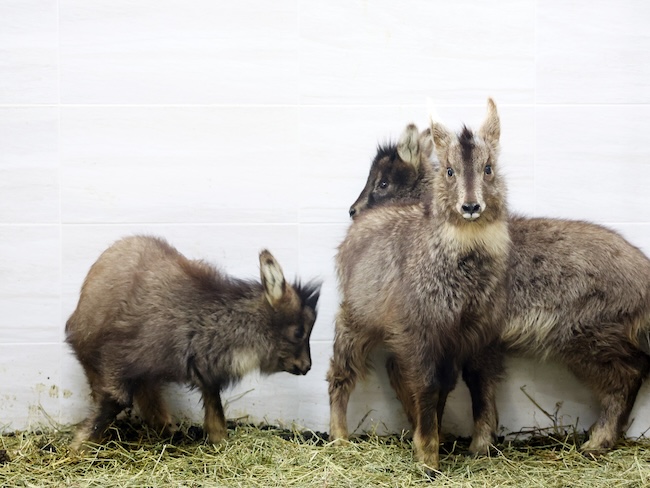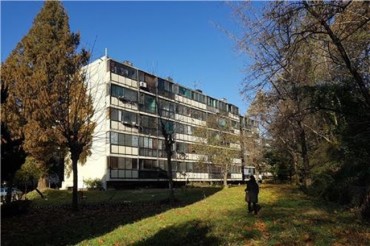
From November last year through May, officials recorded 1,022 mountain goat deaths. (Image courtesy of Yonhap)
SEOUL, Oct. 28 (Korea Bizwire) – After the death of more than 1,000 Korean mountain goats – a natural monument and critically endangered species – last winter, the South Korean government has announced new protective measures for the upcoming winter season.
The Ministry of Environment and the National Heritage Administration revealed on October 27 that they will implement several protection strategies starting October 28, including the removal of additional African Swine Fever (ASF) prevention fences that had restricted the goats’ movement.
From November last year through May, officials recorded 1,022 mountain goat deaths. Experts estimate that between one-third and half of South Korea’s native mountain goat population perished last winter. Over 90% of the deaths were attributed to exhaustion or starvation.
The government primarily blames the unusually early heavy snowfall in Gangwon Province, the goats’ main habitat, for the mass die-off. However, environmental groups argue that the tragedy was man-made, pointing to the ASF prevention fences that blocked the animals’ movement while they searched for food during the heavy snow.
The new protection plan includes opening additional sections of the ASF prevention barriers. Since May, authorities have been monitoring the effectiveness of 21 fence openings in northern Gangwon areas where ASF spread is less severe. Now, 23 more openings will be added. According to government officials, this means one opening per 880 meters along the Misiryeong section and one per 950 meters along the Hangyeryeong section.
Officials are also addressing concerns about agricultural protective netting, which can trap and harm wildlife including mountain goats. The Ministry of Environment has committed to researching improvements to these systems.
The plan includes installing 22 new feeding stations in areas that experienced high mortality rates or previously lacked feeding facilities. Additionally, 30 new shelters will be constructed to protect the goats during heavy snowfall.
Three regional public-private-research consortiums will be established in major habitat areas including Yanggu-Hwacheon, Inje-Goseong-Sokcho, and Uljin-Samcheok. These groups will intensify patrols to remove threats such as snares and nets, and facilitate early rescue of goats in distress.
The government is also developing standardized rescue protocols for goats in winter distress. The natural adaptation training center in Inje, Gangwon Province, which treats rescued goats, will be expanded and equipped with an autopsy facility to better understand causes of death.
Changes are also being made to carcass management protocols. While carcasses found near roads, fences, and military facilities will still be collected, others will be left in place to address food shortages for carnivorous wildlife, with their locations merely marked.
“With climate change causing more frequent extreme weather events, we will work closely with relevant agencies to minimize mountain goat casualties this winter,” a Ministry of Environment official said.
M. H. Lee (mhlee@koreabizwire.com)






